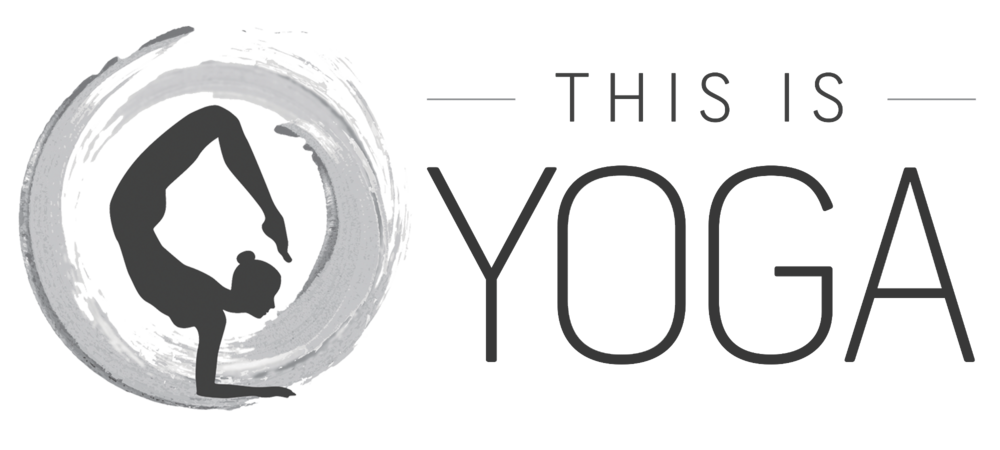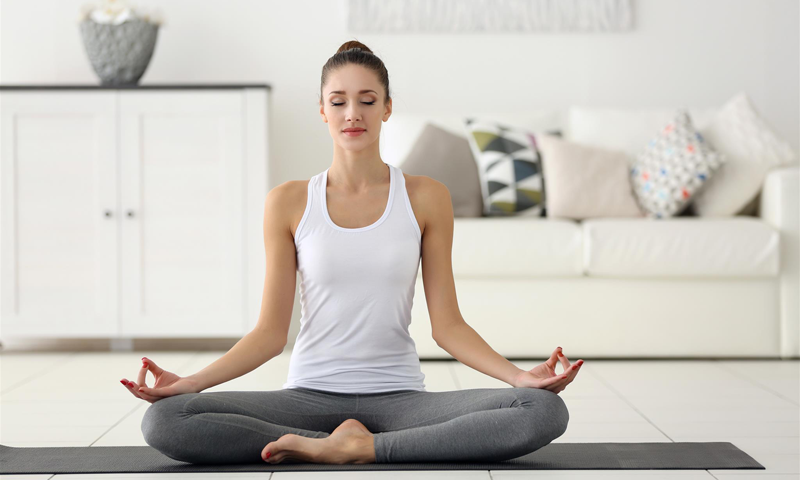From the desktop p.c., to the laptop, the smartphone and now ‘smart wearables,’ never before has information been so easily accessible. Social media, online messaging, email, streaming services, television, news… all help play a part in subjecting our brains to information overload.
According to a landmark study published in August 2018, people spend on average 24 hours a week online, with one in five spending as much as 40 hours a week online – for some, that’s an entire working week! We consume almost 90 times more information than we did in 1940. Little wonder, then, that we may feel a little frazzled at times.
How do you know if your mind is cluttered?
Do you find it hard to focus on one thing at a time, or that your mind is spinning? Do you struggle to concentrate and often feel restless? Are you easily distracted and feel that there is always somewhere else you should be, or something else you should be doing? Do you sometimes get to the end of the day feeling like you haven’t stopped, yet struggle to recall what you’ve done? If so, it’s likely that your mind could benefit from some decluttering.
What are the benefits of mentally decluttering?
Decluttering our physical space helps us to feel calmer and yes – joyful! The same goes for decluttering our mental space. Clearing out the clutter increases our ability to focus, enables us to concentrate for longer periods of time, and generally helps us to feel calmer.
How can we declutter our minds?
Since the availability and accessibility of information and stimulus (particularly the online aspects of it) is unlikely to decrease any time soon, the onus is on us to manage their impact on our lives. Here are our top 6 tips:
1. Schedule tech-free time
Decide on a cut off point in your day – perhaps 7 or 8pm – where you turn off your computer / put your laptop away, and switch your phone to silent – or better still – off. A great tip from Esther Ekhart is to turn off your wi-fi off at night and don’t turn it on again until the following morning after your breakfast or yoga / meditation practice. That way, even if you are tempted to grab your phone within the first 5 minutes of waking up (as 65% of all adults under 35 do), you won’t be drawn down the online rabbit hole.
Make ‘phone-free’ spaces such as the dinner table or bedroom so that there are at least a couple of times a day where you can be fully present. We also have a phone-free bathroom rule (with two teenagers in the house it’s a necessity!) and a ‘telephone hotel’ that our phones spend every night recharging their batteries in.
2. Connect with nature
Although the physical benefits of exercise are well-documented, taking a moment to truly connect with nature can have a profound effect on our overall sense of wellbeing. (And by ‘connecting’ I don’t mean charging around a forest, while listening to music or a podcast).
In a 2015 study, researchers found that people who had walked in nature showed lower activity in the prefrontal cortex, a brain region that is active when we find ourselves trapped in a repetitive loop of negative thought patterns. Even if it’s a few minutes spent feeling the fresh air on your skin, listening to the birds singing or watching the clouds drift by, nature can have a powerful effect on our mental state.
3. Stop multitasking
When life speeds up, we have a tendency to speed up too – as if spinning seven plates with half an eye on each will help us get more done. It won’t; some of them will get smashed. Even in our so-called downtime, we watch TV or a movie whilst simultaneously scrolling through our Instagram or Facebook feed.
In fact, what is known as ‘multi-tasking’ is more accurately described as ‘task-switching’ because the brain isn’t capable of focusing on two serious tasks at the same time. So try to focus on doing one thing at a time and do only that. Even if we’re browsing social media, it’s much easier to do it mindfully if we haven’t got half an eye on Netflix at the same time.
4. Practise mindfulness
Mindfulness is a practice where we give our undivided attention to whatever we are doing at a particular moment, aware of our thoughts and emotions but not reacting to or judging them.
It works a bit like this: if we choose to be totally absorbed and pay attention to what we’re doing (whether it’s skiing or mopping the floor), we actively choose to be more ‘alive’ in that moment and are more likely to enjoy what we’re doing. Practising mindfulness can also improve the efficiency of our minds, helping us get to the point of what we’re doing or thinking about, rather than allowing a cycle of constant worry to take over. If you’re new to this, try our Introduction to Mindfuless meditation
5. Scroll responsibly
The average person now spends a staggering four hours of their day on their mobile phone and though much of this is as a result of clever algorithms designed to take advantage of our ‘dopamine-driven’ desires, we can take back some control. The iphone has a setting which allows you to monitor how much time you’ve spent on apps. For Android, you can download an app (the irony) which does the same.
Another simple tip I’ve found really helpful is to move apps that you use a lot off your home screen and ‘bury’ them in a harder-to-access folder. Better still, remove them altogether. However, perhaps the best thing I’ve done is to delete all notifications from my phone – that way, I can be more mindful of when and how often I check my messages – rather than at the behest of a tiny, red notification bell.
6. Embrace boredom
Research has shown that even just a few minutes of downtime can aid learning and helps us retain information. Not only this, but as the saying goes, a relaxed mind is a creative mind: Mental idle time may “foster a particular kind of productivity,” according to Jonathan Schooler, a professor of psychological and brain sciences at the University of California, Santa Barbara. He says overcoming impasses often happen when people’s minds are free to roam.
In a society that values ‘busyness’ and ‘productivity,’ it can be difficult to give ourselves permission to pause, let alone stop for long enough to get (gasp) bored. Yet, not only is there evidence to suggest boredom sparks creativity, a greater capacity for insight and aids problem solving, but that it’s simply good for our mental health. It allows the body and mind simply to process life. If you cannot recall the last time you let yourself STOP, try this practice with EkhartYoga teacher, James Reeves, and embrace the life-changing magic of doing nothing.






